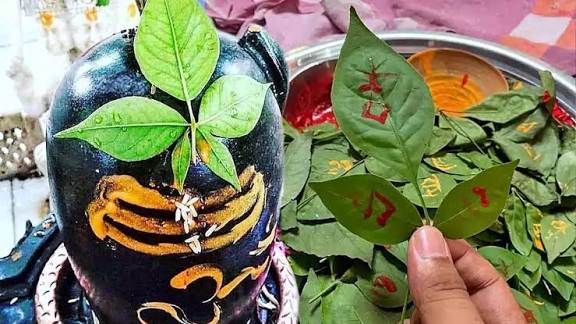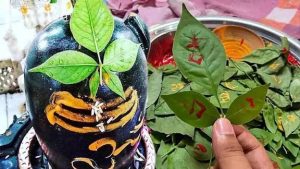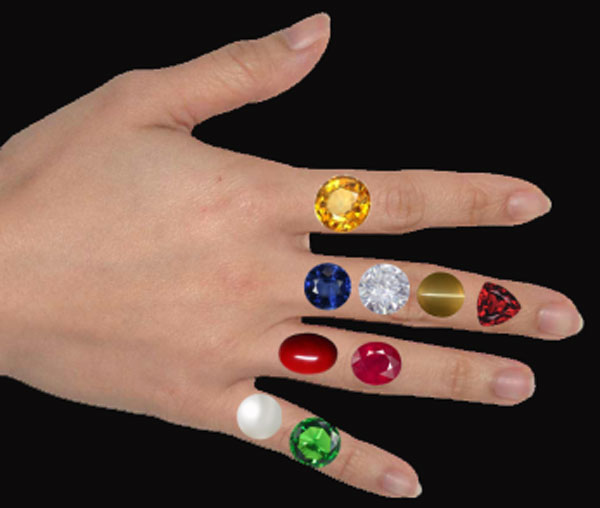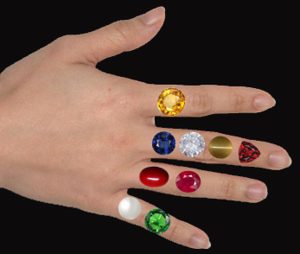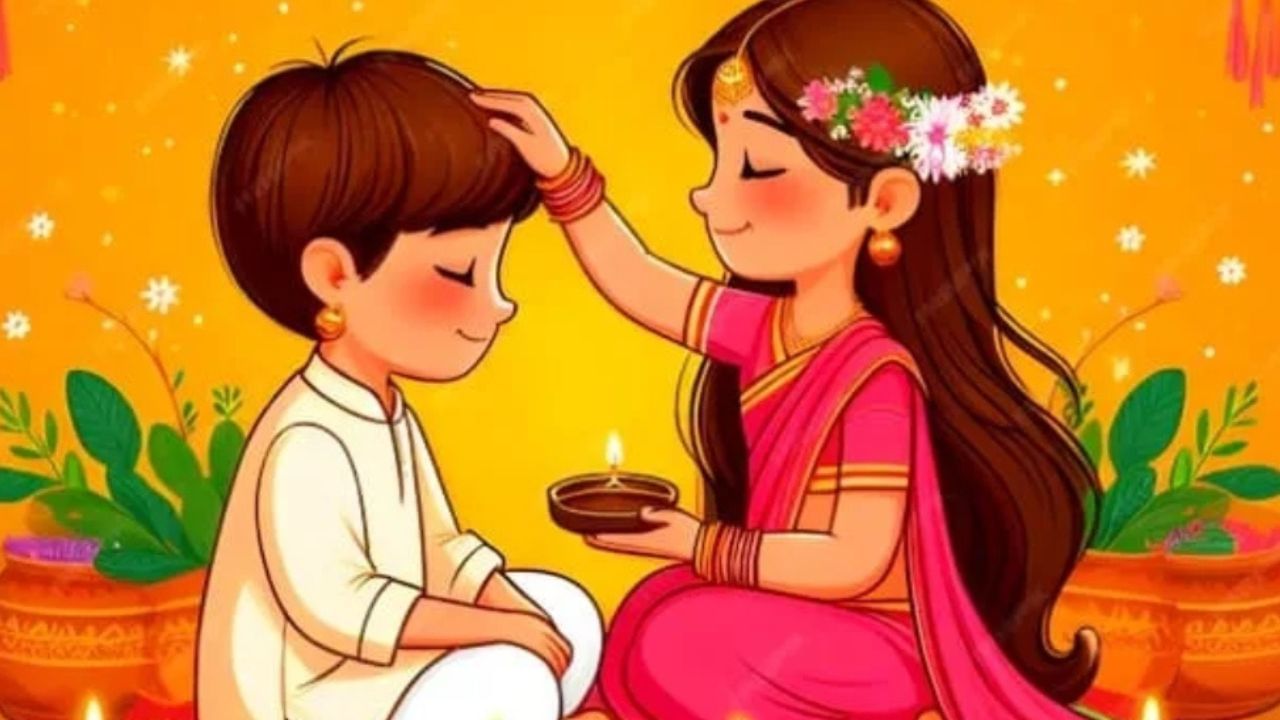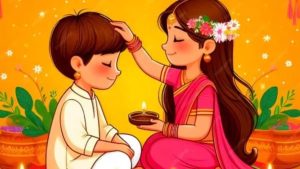হিন্দু ধর্মে শিবপূজা মানেই যেন বেলপাতা। আমাদের বাড়ির মন্দিরে, শিবলিঙ্গে বা মহাদেবের মূর্তিতে পূজা হলেই বেলপাতা ব্যবহার করা হয়। অনেকেরই প্রশ্ন—কেন এই বিশেষ পাতাটিই দেবাদিদেব মহাদেবের কাছে নিবেদন করা হয়? এর পেছনে রয়েছে প্রাচীন বিশ্বাস, আধ্যাত্মিক ব্যাখ্যা ও কিছু বৈজ্ঞানিক কারণ।
বেলপাতা—ত্রিপত্রের রহস্য
বেলপাতা সাধারণত তিনটি পত্র একসঙ্গে থাকে। বিশ্বাস করা হয় এই তিনটি পাতা শিবের তিন শক্তিকে ধারণ করে—
সত্ত্ব, রজ, তম
ত্রিলোক—ভূ,ভুবঃ,স্বঃ
ত্রিনেত্র—শিবের তিন চোখ
তাই পূজার সময় এই তিন শক্তির সম্মিলন শিবের শক্তিকে আহ্বান করে বলে বিশ্বাস করা হয়।
বেল গাছ ও তান্ত্রিক বিশ্বাস
প্রাচীন তন্ত্র মতে, বেল গাছের কাণ্ডে দেবী লক্ষ্মী, পাতায় মহাদেব এবং ফলে দেবী মহাশক্তি অধিষ্ঠিত। তাই তান্ত্রিক পূজায় বেলপাতা অপরিহার্য।
শাস্ত্রে বলে—শিবের ক্রোধ শান্ত করে
পুরাণ মতে, সমুদ্র মন্থনের সময় যখন হলাহল বিষ বের হয়, তখন শিব তা পান করে বিষ ধারণ করেন। বিশ্বাস করা হয় বেলপাতা সেই তাপ, বিষের প্রভাব ও পিণ্ডের উত্তাপ কমাতে সাহায্য করে।
এ কারণেই শিবলিঙ্গে বেলপাতা নিবেদন করা হয় যেন ক্রোধ, অশুভ শক্তি ও অভিশাপ শান্ত থাকে।
ঔষধি শক্তি
বেলপাতায় রয়েছে—
অ্যান্টি-ব্যাকটেরিয়াল প্রোপার্টি
অ্যান্টি-অক্সিডেন্ট
কুলিং ইফেক্ট
এনার্জি পিউরিফিকেশন
অনেক প্রাচীন বৈদ্য বলে থাকেন— বেলপাতা শরীরের অতিরিক্ত উষ্ণতা, গ্যাসট্রিক সমস্যা ও পিত্ত দোষ কমায়।
শিবলিঙ্গে মানসিক এনার্জি ব্যালেন্স
বেলপাতা যখন জলে ডুবিয়ে শিবলিঙ্গে নিবেদন করা হয়, বিশ্বাস করা হয় তা আমাদের—
মানসিক উদ্বেগ
নেতিবাচক চিন্তা
রাগ
শান্ত করতে সাহায্য করে।
আসলে শিব মানেই “শান্তি”, আর বেলপাতা সেই শান্তির বার্তা বহনকারী প্রতীক।
দুর্বা নয়, বেলপাতাই কেন?
শিবের পূজায় বেলপাতা যেমন শুভ, ঠিক তেমন দুর্বা ব্যবহার নিষেধ। দু’বাটির সঙ্গে আগুনতত্ত্ব ও বেলপাতার সঙ্গে জলের শীতলতত্ত্ব একত্রে মিশে না। তাই ঐতিহ্যে বেলপাতাই প্রধান।
বেলপাতার বিশেষ নিয়ম
শাস্ত্র মতে—
পাতা ছিঁড়ে নয়, ডাঁটিসহ তুলতে হয়
শুকিয়ে গেলে ব্যবহার করা যাবে না
ছিদ্রহীন ও ফটোবিহীন পাতাই গ্রহণযোগ্য
বিশ্বাস করা হয় এতে পূণ্যের শক্তি অক্ষুণ্ণ থাকে।
আজও ঘরে ঘরে বেলপাতা—কারণ?
বর্তমান ঘরোয়া বিশ্বাস বলে—
• বাড়িতে নেগেটিভ ভাইব কমে
• শাক্চক্র পরিষ্কার থাকে
• কলহ কমে
• মানসিক শান্তি বাড়ে
অনেকে নিকটে বেল গাছ রাখলে— দরিদ্রতা, রোগ ও অশুভ শক্তির প্রভাব দূরে থাকে—এমন বিশ্বাস বহুকাল থেকে প্রচলিত।
বেলপাতা শিবপূজার শুধু “রীতি” নয়—এটি শক্তি, শান্তি ও সুরক্ষার প্রতীক। হাজার বছর আগের মতো, আজও আমরা ঘরে এর সুবাস ও আশীর্বাদ ধরে রেখেছি। ধর্মবিশ্বাস হোক বা আধ্যাত্মিক বিজ্ঞান—বেলপাতা মহাদেবের কাছে অর্পিত এক অনন্য প্রণাম।
নিজের সংস্কৃতি নিজের ঘর।
চোখ রাখুন ব্লগে “শ্রীডক্টর”।


